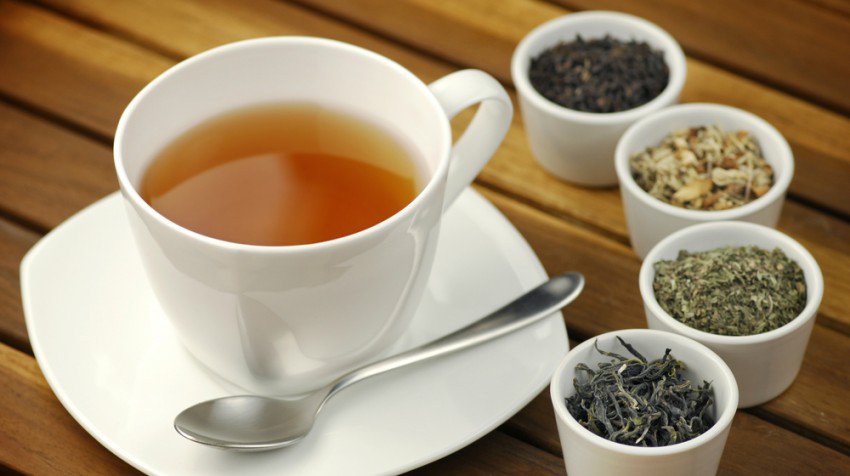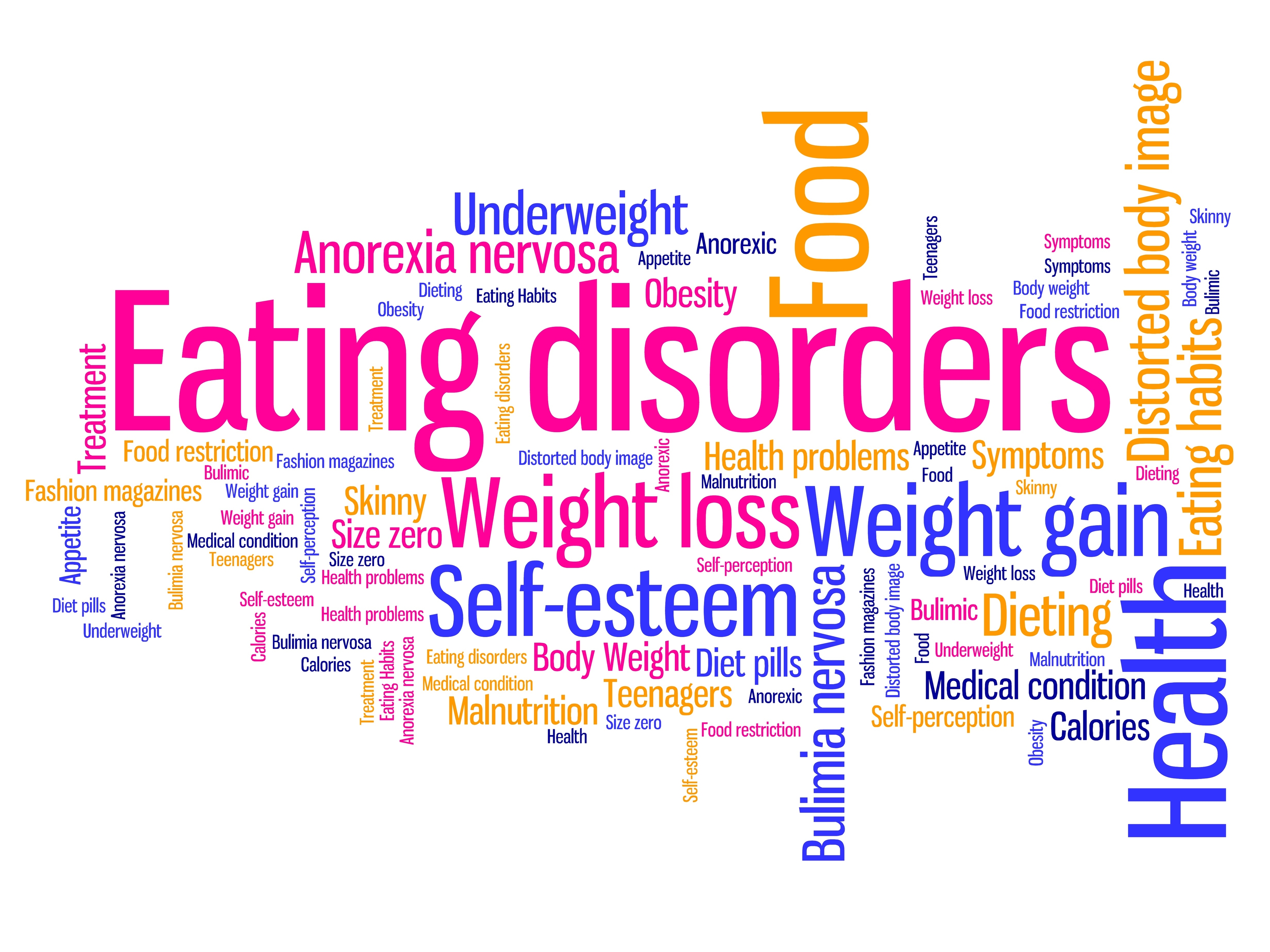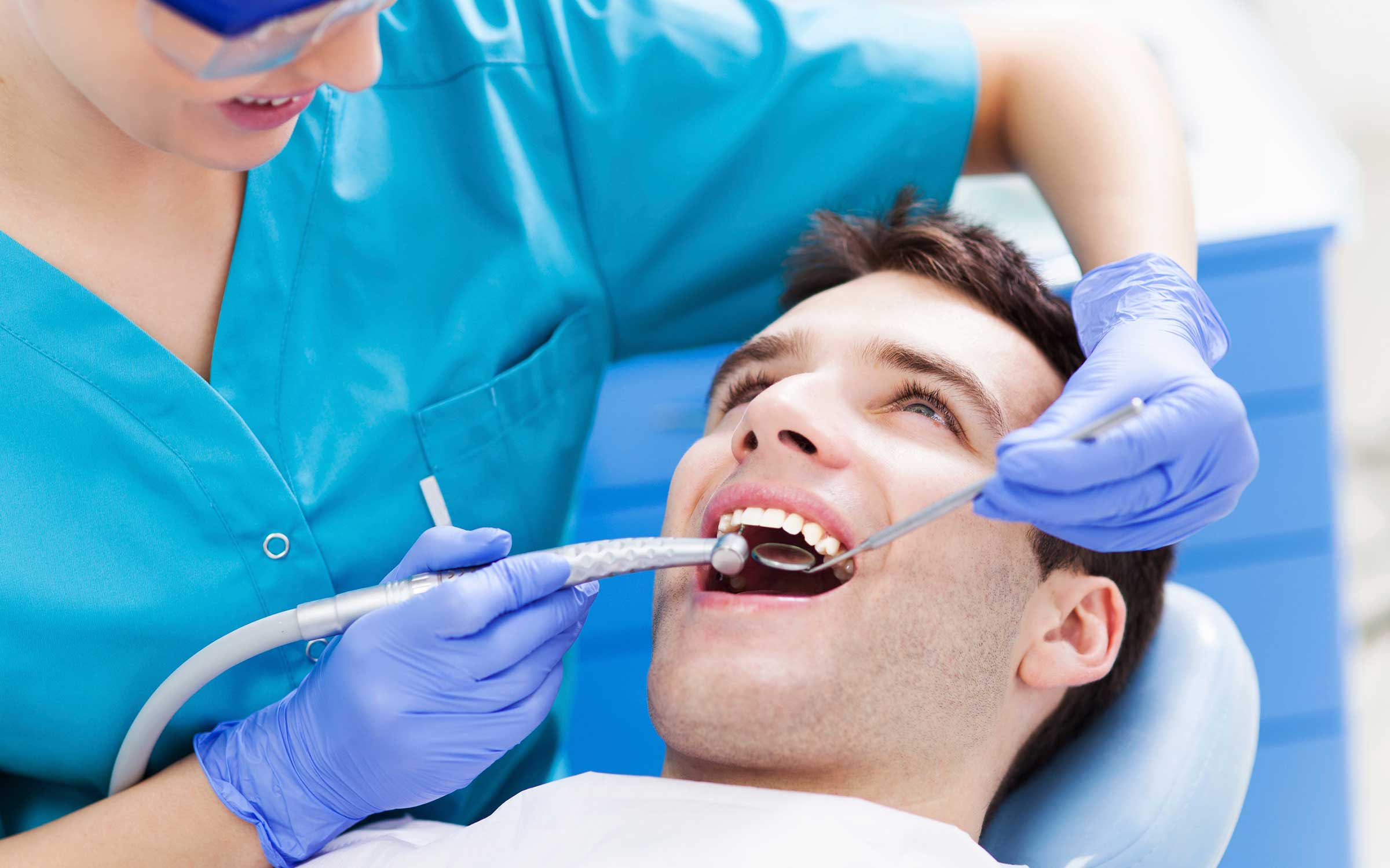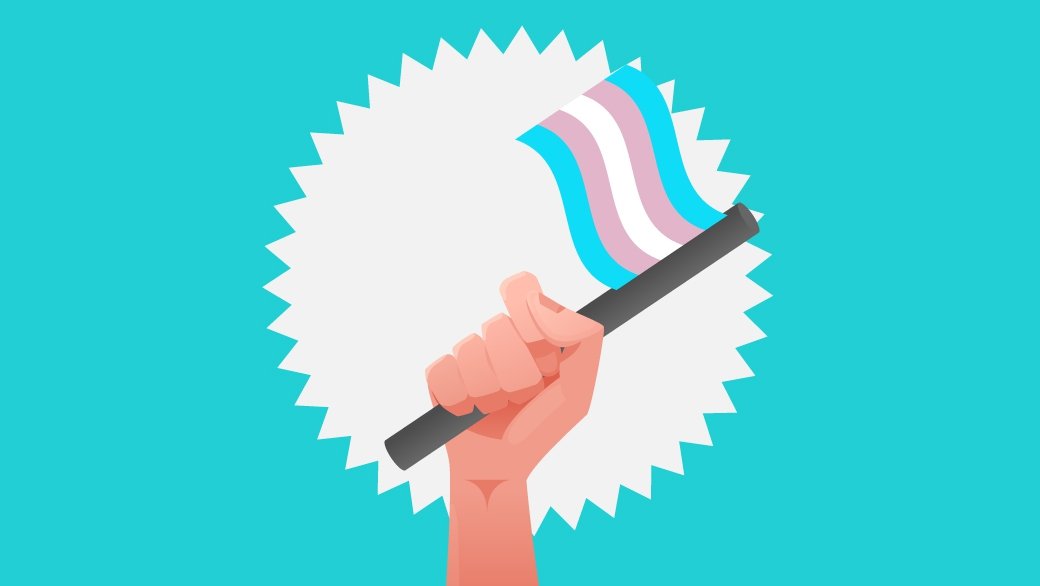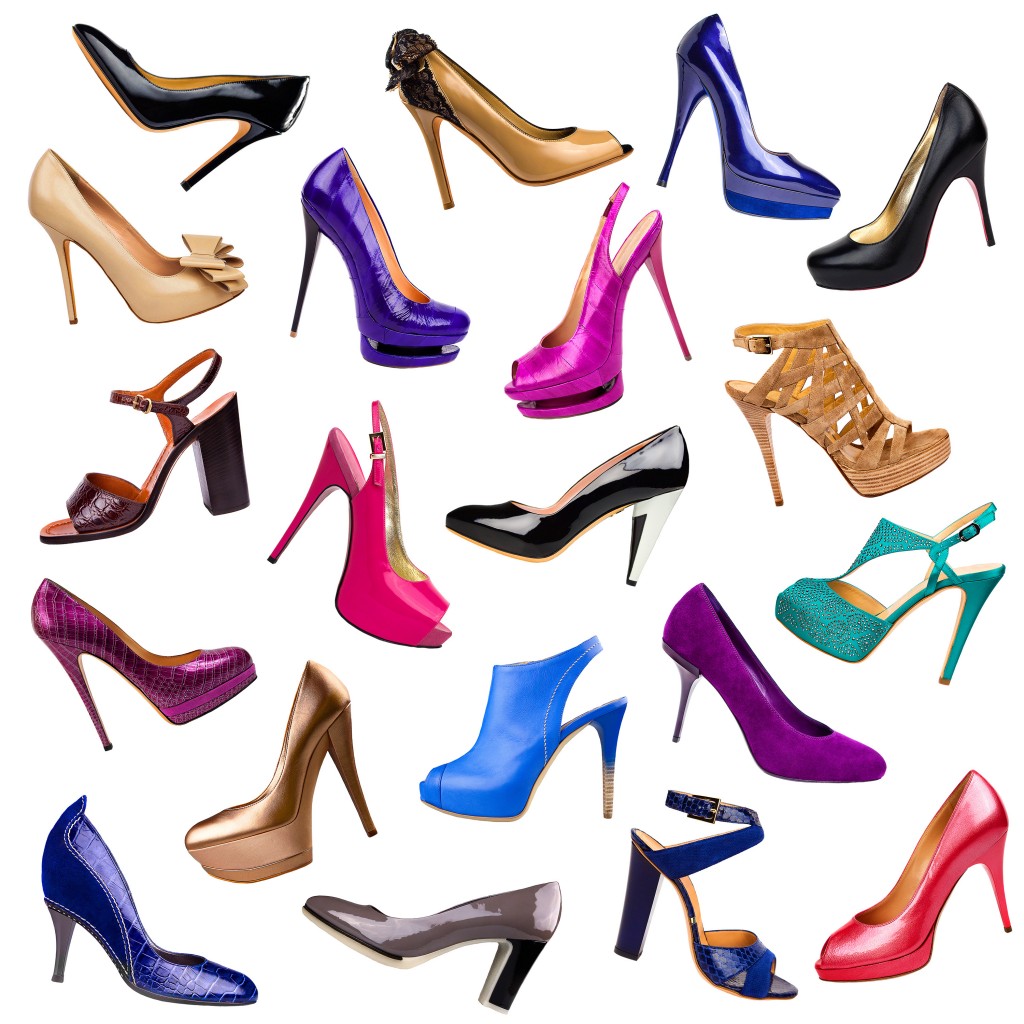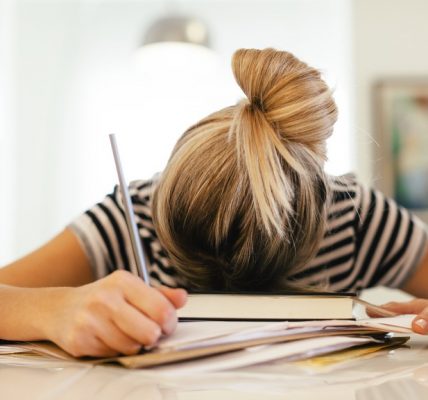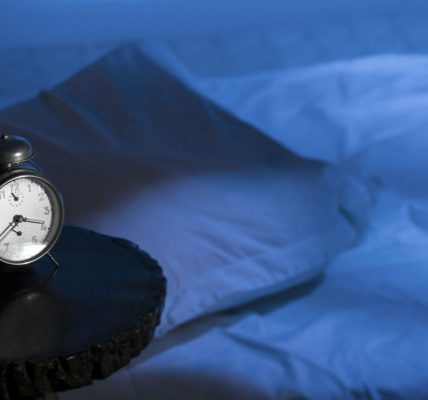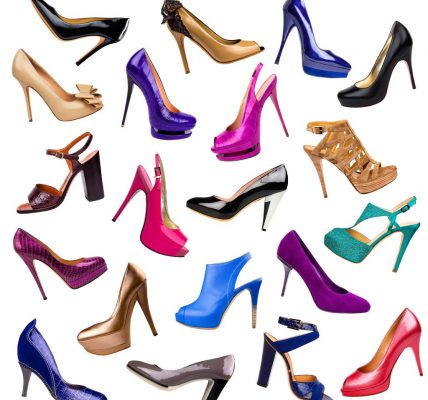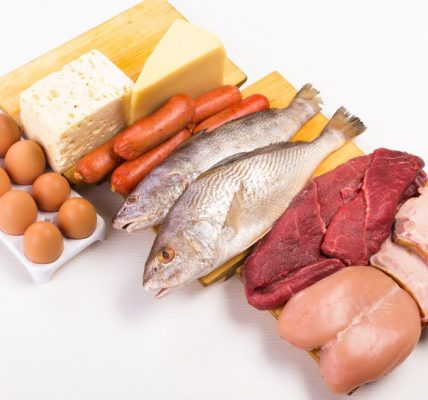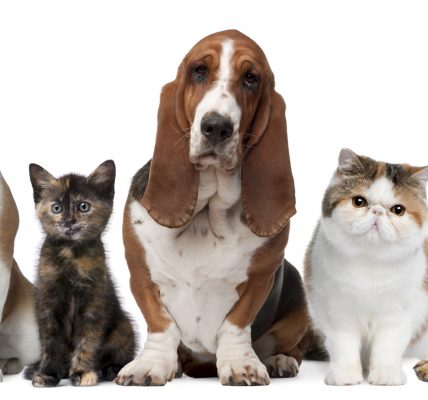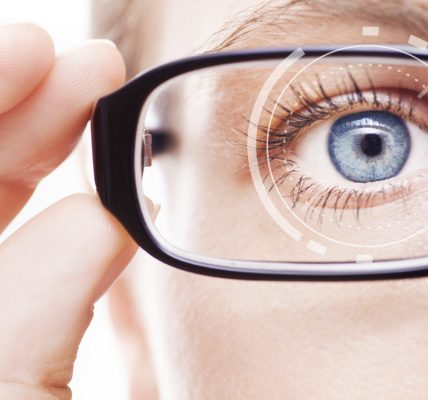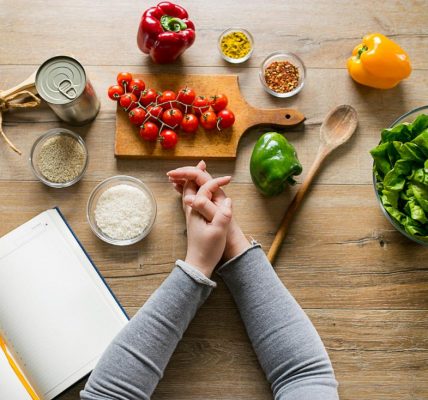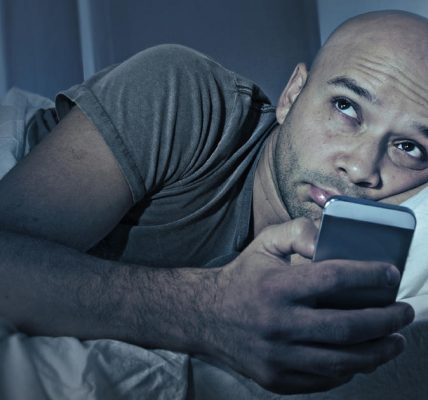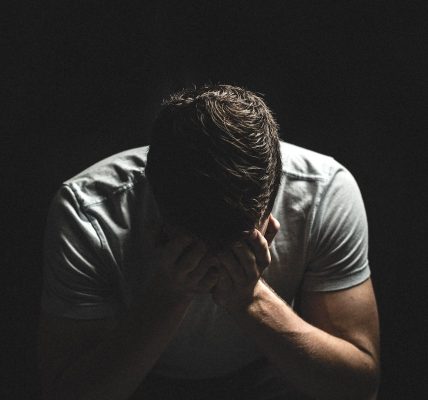Camellia sinensis may be one of my favorite plants in the world. Dried, cured, and boiled, it creates the most delicious drinks that are appropriate at any time during the day. Many people don’t realize that most teas are different forms of the Camellia sinensis plant. Green, white, black, oolong, and yellow teas all are created with different processing techniques but the same plant. Some, like black tea, need time to oxidize before they are dried in order to increase the potency of the taste. Others, like green tea, require very little oxidation and are made from the freshest leaves of the plant. Herbal teas or blends, however, are usually made from other plants such as chamomile, peppermint, and ginseng. Some of these may be combined with dried leaves from the tea bush or may simply be combinations of different dried roots, flowers, and leaves.
The many positive benefits of tea make it a drink for any occasion. Many darker teas, such as black and oolong teas, have a good amount of caffeine, and even though they don’t have as much caffeine as coffee (especially espresso), they can give you an energizing boost without the jitters associated with a large dose of caffeine. On the other hand, many herbal teas such as chamomile, catnip, kava, and valerian are used as mild sedatives and may help you get to sleep quickly and safely. Many people believe that green tea has health benefits ranging from helping treat heart disease to increased longevity, even though these haven’t been proven scientifically. However, green tea contains flavonoids, ascorbic acid, and minerals, all of which have health benefits.
Teas made from the tea plant all have naturally occurring caffeine in them, but it is relatively easy to find a 100% herbal tea that is naturally uncaffeinated. Or, if you’d like a bit of caffeine but not enough to keep you awake, white and green tea have, on average, less than half the amount of caffeine that a cup of coffee has, giving you a boost but not a harsh crash. Another way to drink your favorite tea without worrying about caffeine is to double-brew your tea. Brew the tea once as you would normally, then using the same teabag, brew another cup of tea. The second cup, while maybe not as strong as the first, will retain many of the characteristic flavors of your tea, but with 50 to 75% less caffeine.
If you’re a coffee or soft drink fanatic, you may want to consider replacing your regular beverage with tea. It’s tasty (especially with a dash of honey or raw sugar), it is healthy, it has little to no calories, and it can be served hot or cold. It can soothe sore throats and relax you after a long day of school. It’s a drink that has many uses and benefits, and it’s definitely worth a drink.
Article by Carli Baker
Feature Image Source: Small Business Trends
